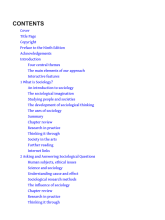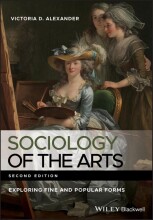Impressionism and Post-Impressionism - Post Impressionism
10 important questions on Impressionism and Post-Impressionism - Post Impressionism
The late 19th century saw extraordinary innovations. Can you name a few?
- Telegraph.
- Telephone.
- Bicycle.
- Automible.
- Typewriter.
- Phonograph.
- Elevator.
- Electric lamp.
The late 19th century marked the end of an era. What changed in a political sense?
- England lost its supremacy as a world power, due to a severe economic depression (that led to the founding of the Labour Party in 1900).
- The United States became a world power.
- Spain lost all of their remaining colonies.
The 19th century marked the end of an era in a social context.
What changed?
- Higher grades + faster learning
- Never study anything twice
- 100% sure, 100% understanding
The United States Expanded in the 19th century, partly by purchasing land.
Which two territories were purchased in the 19th century?
- The Louisiana Territory from the French (by Thomas Jefferson) in 1803.
- Alaska from Russia in 1867.
The United States expanded in the 19th century through wars.
Which wars are we talking about?
- The Mexican American War of 1845-1848 resulted in the U.S. acquiring California, New Mexico and Texas (previously annexed in 1836).
- Hawaii was annexed in 1898.
- The Spanish-American War of 1898-1899 saw the USA taking possession of Cuba and Puerto Rico, and in the Pacific Guam and the Philippine islands came under U.S. control.
What was the Boer War
- Also known as the South African War (1899-1902), the British Empire fought against independent Boer Republics.
- Many black Africans died on both sides.
- More than 100,000 black Africans, of whom 10,000 died, were held in British concentration camps.
- After the war, Chinese coolies were employed by the British colonial governor but poorly treated.
Who was Albert Einstein?
- Albert Einstein (1879-1955) was a physicist, most famous for his theory of relativity (1905).
- In his Theory of Relativity (1905), Einstein proposes that space and time are not absolute, but relative to each other in a "space-time continuum.
- In 1919 were his mathematical equations confirmed through scientific experiment.
- All modern developments in space technology were influenced by Einstein's discoveries.
Around the turning to the 20th century, two important discoveries were done, concerning the atom.
Who were the scientists and what were the discoveries?
- J.J. Thomson (1856-1940) detected the existence of separate components, called electrons, in the structure of the atom, between (1897-1899).
- Ernest Rutherford (1871-1937), a colleague of Einstein, introduced a revolutionary new model of the atom in 1911.
- It consisted of a small positively charged nucleus, which contained most of the atom's mass, around which its electrons orbited.
Who was Friedrich Nietzsche?
- Friedrich Nietzsche (1844-1900) was a philosopher, who asserted the complete freedom of the individual.
- The individual could begin to channel Dionysian (instinctual) and Apollonian (intellectual) tendencies in ways that were unrestricted by social conventions.
- He called this the nature of the superman.
- He famously said "God is dead!"
- Early modernist art is, in part, inspired by Nietzsche's example.
Which person famously said "God is Dead"?
The question on the page originate from the summary of the following study material:
- A unique study and practice tool
- Never study anything twice again
- Get the grades you hope for
- 100% sure, 100% understanding































